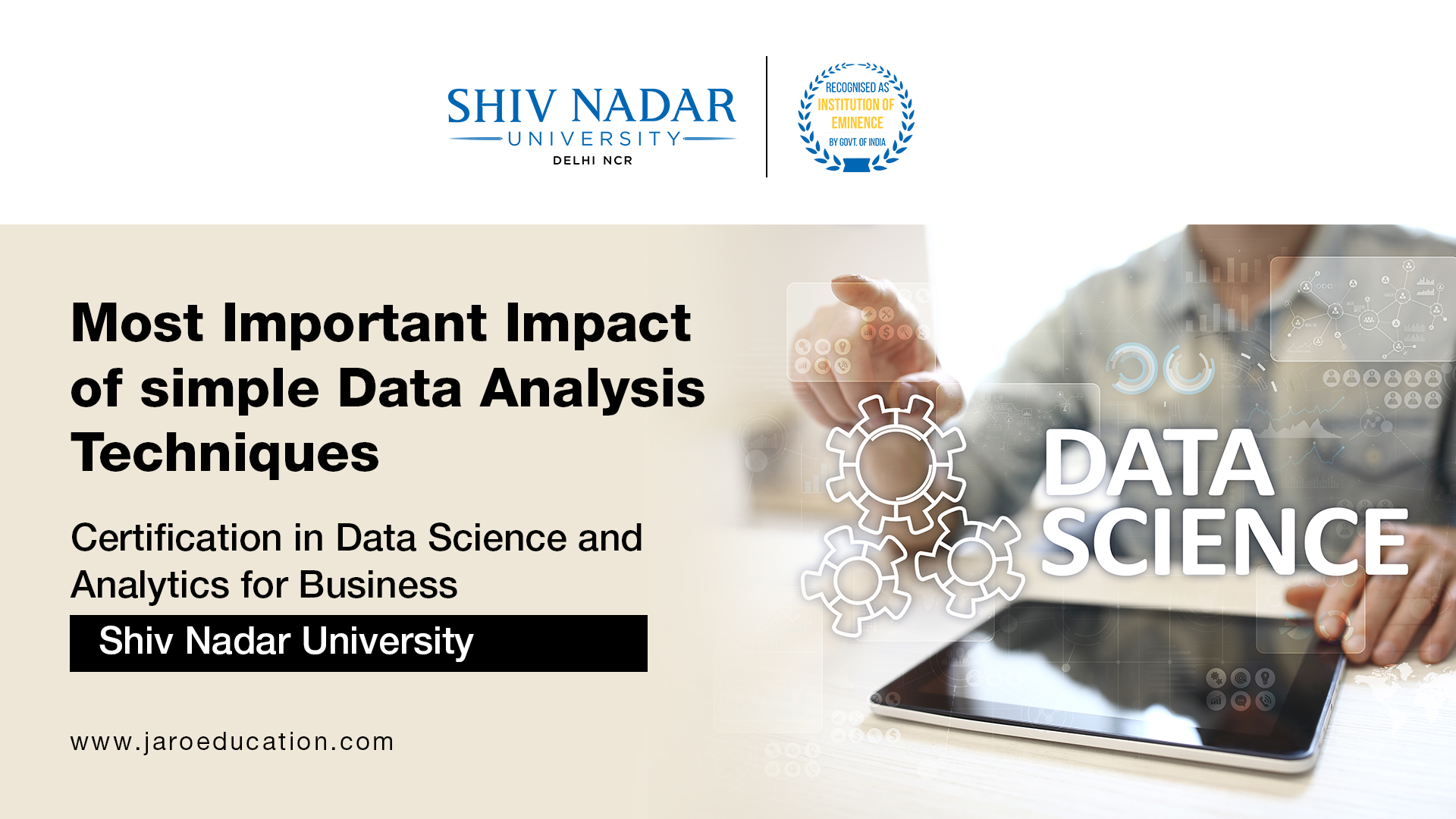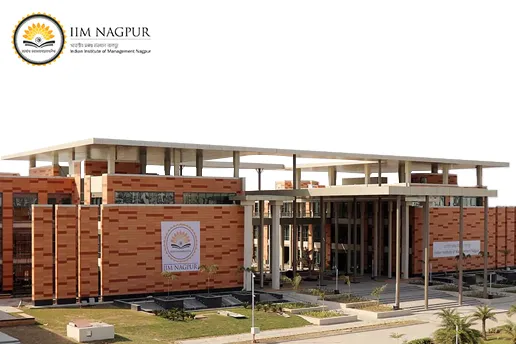In the current business world, information technology and Big Data are the two biggest superpowers, among others in the same vein. Most technologies cover vast amounts of data. For businesses, handling them independently while also focusing on operations is not possible. So, there is a tremendous demand for data analysts in organizations. These specialists efficiently gather the data, assess them, and interpret their implications for forming suitable, business-friendly solutions.
Many types of complex techniques and tools are available for systematically handling and analyzing the complex technical elements and volumes of data. Are you planning to enter the data analytics field? If so, you need to learn the complex and standard analysis techniques thoroughly to use them efficiently. Enroll in the Certificate in Data Science and Analytics for Business at Shiv Nadar University to improve your knowledge base of data analysis and prosper in this field!
Valuable Insights on the Impact of Data Analysis in the Business Sector
You must plan and incorporate data analysis techniques to improve the operations in your company. If you are wondering why you should learn such methods thoroughly, here are some crucial industry insights.
- According to Forbes, 94% of enterprises, digital transformation, and business growth are possible through data analysis.
- The Big Data industry can grow up to USD 77 billion market value by 2023.
- The impact of data analysis is visible on the financial sector of the AI industry. Experts project it to grow over USD 40 billion in market value by 2025.
- Businesses that fully utilize data analysis techniques can improve their operating limits at a rate of 60%.
Qualitative Data vs. Quantitative Data
While training in data science or data analytics at Shiv Nadar University, you will encounter these two terms in the context of data analysis.
-
Qualitative Data
○ Measuring qualitative data types requires subjective interpretation, not objective.
○ It is useful for formulating available data into themes. Further, you can automate this process.
○ There are many types of qualitative data, such as social media posts, Tweets, product review texts, interview records, and comments on surveys.
○ You need to portray unstructured data, such as speech-centric transcripts or written texts, in datasets.
-
Quantitative Data
○ It primarily involves numbers and specific quantities.
○ Analysts utilize quantitative analysis techniques for making predictions or explaining particular phenomena.
○ There are several types of quantitative data, such as website visitor counts, email click-through rates, sales figures, and boosts in percentage revenue.
○ You have to focus on numerical, mathematical, or statistical dataset analysis techniques.
○ You must utilize algorithms and computational techniques to manipulate quantitative data.
Techniques for Data Analysis
When you opt for a data science certification course, you learn about both data analysis factors, namely, qualitative and quantitative data. After that, you can use different analysis techniques to handle them. Gain expertise in data analysis through the Certificate in Data Science and Analytics for Business – Shiv Nadar University!
Here are the primary data analysis techniques.
-
Descriptive Analysis
The technique is primarily helpful for statistical analysis. You get details on data distribution, identify variables and their associations, and detect outliers. All this data helps in advanced quantitative analysis. While studying at any of the best courses for data analytics, you learn how to segment datasets for descriptive analysis of individual variables or combined variables.
-
Dispersion Analysis
In this method, you figure out the extent of the data distribution after pulling it to its highest limit. Two methods are popular in the mathematical approach to this calculation: average value differentiation and internal value differentiation (among all variables). Common dispersion analysis measurement varieties include interquartile range, standard deviation, and variance.
-
Regression Analysis
Here, you get an idea about two or more variables and their relationship. Plus, you further figure out the influence of each independent variable on their dependent partner. A data analysis course teaches you to plot the necessary data on a chart for activities such as variable value prediction during data mining. Common regression analysis versions are logistic regression, linear regression, and multiple regression.
-
Factor Analysis
You learn to see a set of variables and figure out their underlying structure via the factor analysis technique. It is useful in data sets that focus on models and patterns of relationships, and you can find independent variables in them. Factor analysis is the precursor to classification and clustering techniques and has close ties to Principal Component Analysis (PCA).
-
Time Series
The data analysis technique helps in investigating trends or time-series data. It is present in a series of specific periods or intervals.
Impact of Data Analysis on Businesses
Companies hire data analysts for several reasons including the quantification and interpretation of data via data analysis techniques. Get a data analysis certificate from Shiv Nadar University and improve your chance of getting hired.
Common effects of data analysis techniques on improving business operations include the following.
- Better target management, assessment, and monitoring
- Following the future trends and current industry insights to create innovative product and service solutions
- Evaluating target audience and their interest points better
- Organized resource planning and reduction of operational costs and time
- Rectifying errors quickly, and solving business and database issues
- Gathering accurate data on company strengths and weaknesses
- Better insights into boosting marketing campaigns
Salary Potential as a Data Analyst
An important facet of choosing any career is your growth potential. Fortunately, there is tremendous scope for data analysis and career growth in this field in India. From supply chain retailers like Flipkart to household names like Infosys, companies are always looking to hire fresh talent in data analytics.
Based on experience, the annual average pay structure for data analysts are:
- Entry-level Data Analysts: INR 3,42,363
- Mid-level Data Analysts: INR 6,90,734
- Experienced Data Analysts: INR 9,42,653–1,750,000 [3] [4]
Do keep in mind that salary structure rates can increase in the next 5–10 years, based on industry and market conditions.
Conclusion
Data analysis techniques are highly valuable in businesses to understand and interpret complex datasets carefully. Take the help of the best training course for data analytics and broaden your knowledge base.
Through the Certificate in Data Science and Analytics for Business – Shiv Nadar University, you will learn various data analysis techniques and use them efficiently for a variety of benefits at any company. Apply for a spot as soon as you can and give wings to the career of your dreams in data science and analysis!






